Squint your eyes and Process of Elimination could be a Danganronpa spinoff. At least, in the way it works as a visual novel (and that is the bulk of the game). While both titles have very different art styles, the concepts are remarkably similar. And, like Danganronpa, this game is sharp. Perhaps it lacks the social commentary that made Danganronpa an outright masterpiece, but this is still a very engaging, thinky-type experience indeed.
Much like Danganronpa, Process of Elimination features a large cast. Each character has one defining trait that accounts for both their personality and name. There’s the Bookworm Detective, the Armour Detective, the Gourmet Detective and so on and so forth. The whole group has converged on a building on a remote island to try and track down a particular serial killer by combining each of their unique qualities. However, sadly, it turns out that at least one of them is a traitor, and that’s when the characters start dying.
Each death involves a mystery that is seemingly impossible. They range from the classic locked room mysteries and “how could the murder have occurred only 20 minutes before?” variety, to some modern twists on the formula. That being said, the game is clearly inspired by the Conan Doyle/Christie/Ranpo breed of detective fiction.

The Japanese still enjoy locked-room stories and Holmes-esque tales. Arguably more so than we do in the West, given that we have largely abandoned the brilliant detective and puzzles filled with red herrings and “how is that even possible?” moments for more straightforward trails of breadcrumbs. Even the Sherlock Holmes films of today are more a blend of action and showcasing the guy’s brilliance through wit and ability to follow a trail than his ability to figure out a puzzle. But, in Japan a real passion for the more traditional and cerebral kind of detective story persists, and Process of Elimination taps into that with great competence.
The influence of Edogawa Ranpo – Japan’s grandfather of mystery – runs deep through the game’s themes. The psychological quality behind the portrayal of each character is deeply inspired by Ranpo. As Ishikawa Takumi of Rikkyō University notes in the essay Edogawa Ranpo’s World of Mystery and Terror: “Ranpo became an author when Freudianism and other forms of psychoanalysis were entering Japan. Influenced by a science that scrutinized human mentality, he took people’s dark side and their desires and fears as material for his writing.”
The characters of Process of Elimination are all fascinating because they are all flawed, disturbed, uncomfortable beings. It’s never surprising when one of them turns out to be an ally to the serial killer. I found that none of them was truly likable, but that was also deliberate, and the carefully manufactured sense of unease around them made each of them compelling to follow (well, except for Downtown Detective. I really liked her, but then she is really pretty and cute and I would absolutely fall down dead at the hands of any femme fatale in any crime story). The characters were done in this way to further the idea is that the leading man – the no-talent and pure Wato Hojo – would go through a shockingly Ranpo experience on his way to the truth, witnessing the worst of humanity as depicted by these exceptional, but dangerous individuals.
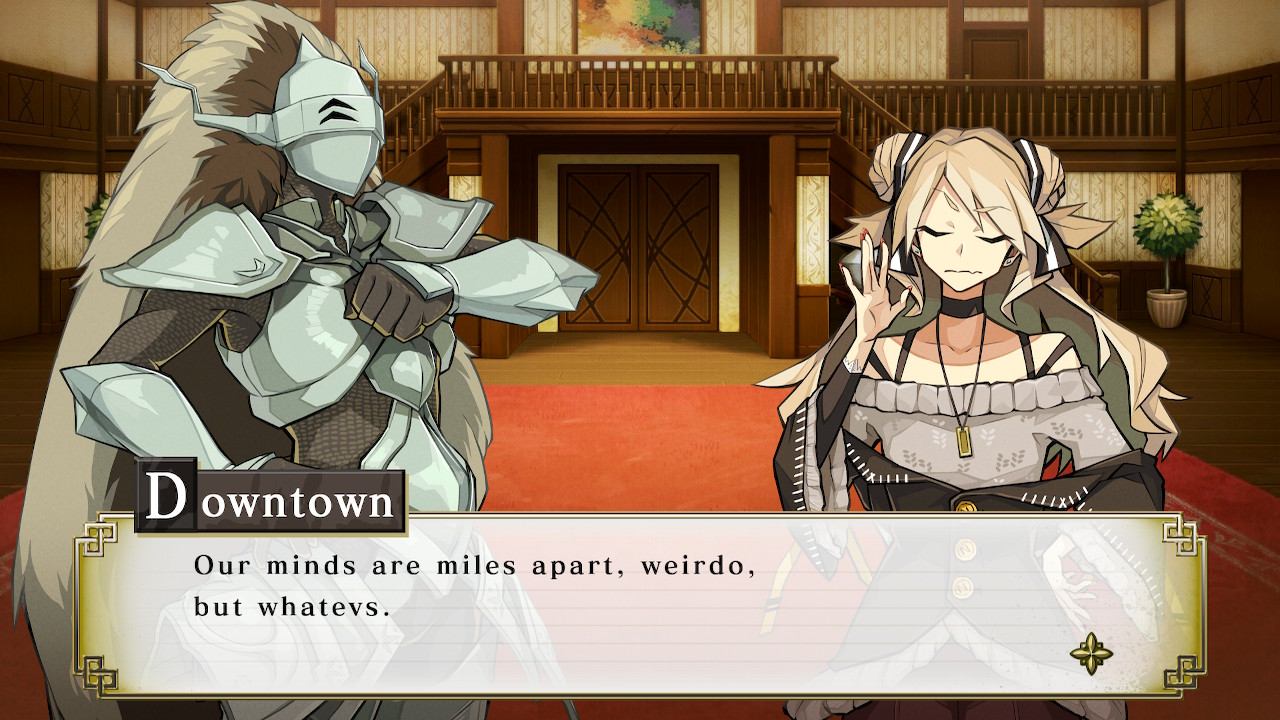
A good example of this occurs after the very first murder. After conducting a preliminary investigation, all the characters meet for a meal. Wato can’t handle the nightmare of the particularly gruesome scene he had just witnessed. Meanwhile, all the other characters – both the good and the (yet to be revealed) evil – put on a show of normalcy and positivity that, given the situation, comes across as a concerning reflection on the psyches of them all. Or, as Ishikawa also notes in the essay “Ranpo wrote effectively about when and how people feel unease and terror. The fear he excited was always human in origin. There were no monsters as in Frankenstein or supernatural phenomena like ghosts. It was a world in which humans were the most terrifying thing” (emphasis mine).
Ultimately, while the thematic similarities between Danganronpa and Process of Elimination are clear and easy to see, there is one point where the two diverge significantly: Danganronpa is, at heart, a very subversive series that uses the detective fantasy, murders, and its famous court trials to critique social structures and norms. But it’s also cartoonishly upbeat and playful as part of the subversive act. Process of Elimination is, in many ways, very sincere in its violence and themes. You’ll need to apply some old-fashioned imagination to those scenes to get the full impact of them, since a lot of the most grotesque parts of them are “off camera”, but if you’re well-read enough to have an imagination, the murders and general bleakness of the concept can be quite affecting. It is, ultimately, a more sincere detective fiction effort. One that you can trace back as a very Japanese evolution in the genre from Ranpo. It’s excellent and riveting. I’m certainly not suggesting that either is superior in its differences. That’s for you to decide based on your own preferences. But it is the point where Danganronpa and Process of Elimination take very divergent directions with the same basic setup.
The other major difference between the two is when they break away from the VN storytelling to offer some gameplay. Danganronpa, you’ll remember, was split into two sections of interactivity: there were the times you were exploring the area, looking for clues (and the narrative wouldn’t move on until you’d found them all), and then there were the court scenes, which featured several minigames as the characters argued over the evidence. Then you’d recreate a comic that explained who did the murder and how they did it. If you got that right you’d emerge victorious.
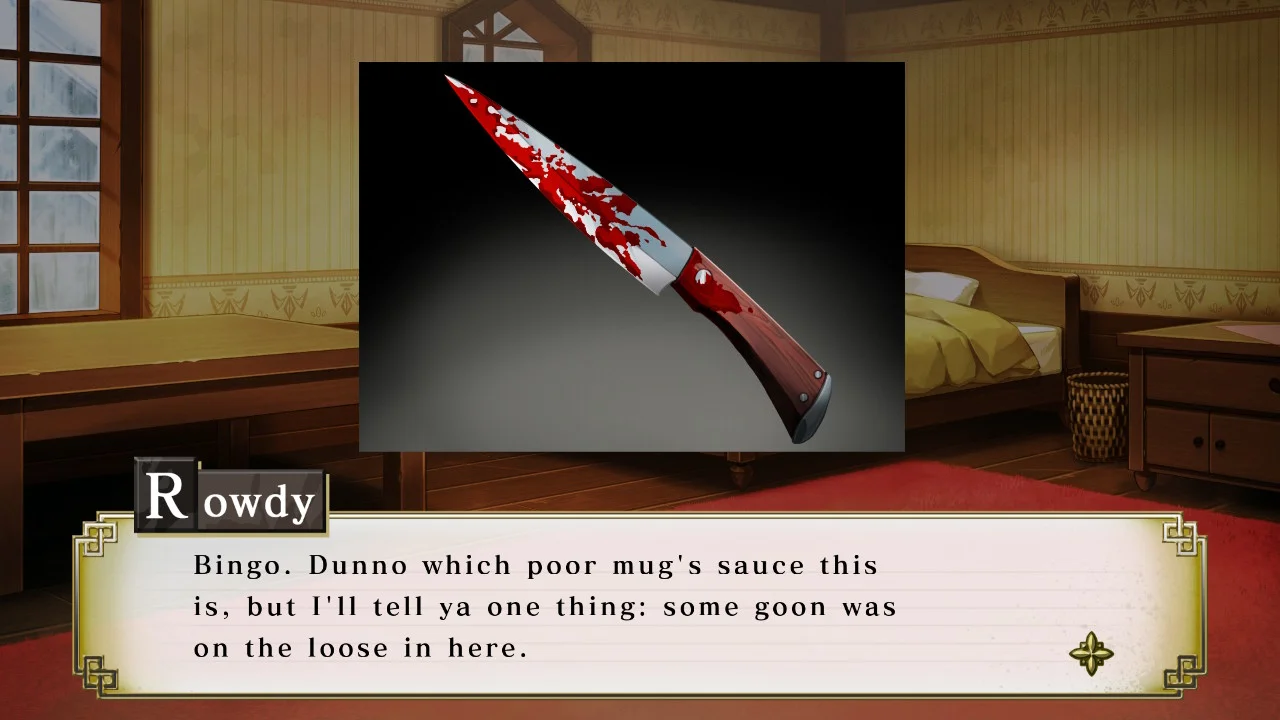
Process of Elimination, meanwhile, has you playing a Cluedo/Clue-style “board game” as you direct the characters around an isometric map of the environment to investigate clues and find pieces of evidence. Each character has their own special skills, making them more effective in different parts of the detective process. Being able to collect enough evidence in time always relies on you effectively moving your “pieces” around the “board.”
After you’ve collected all the clues the detectives gather, you need to answer a series of questions that will arrive at the truth. Get them all right and you’ll get an “S” ranking, but wrong answers will result in lower scores.
The detective process is far more engaging in Process of Elimination. Where Danganronpa just sat passively by while you “pointed-and-clicked” at everything, in Process of Elimination, if you don’t plan things out and effectively move your “pieces” it’s game over. On the other hand, Danganronpa’s court case sections were so entertaining and comprehensive that they have quickly become so iconic they’ve become theme park rides and VR experiences. Process of Elimination’s greatest flaw was doing so little with the big reveal moments. The weakness of the revelations, alone, will have too many people subsequently push the game out of their minds, despite the excellent “board game” and strength of the overall narrative.
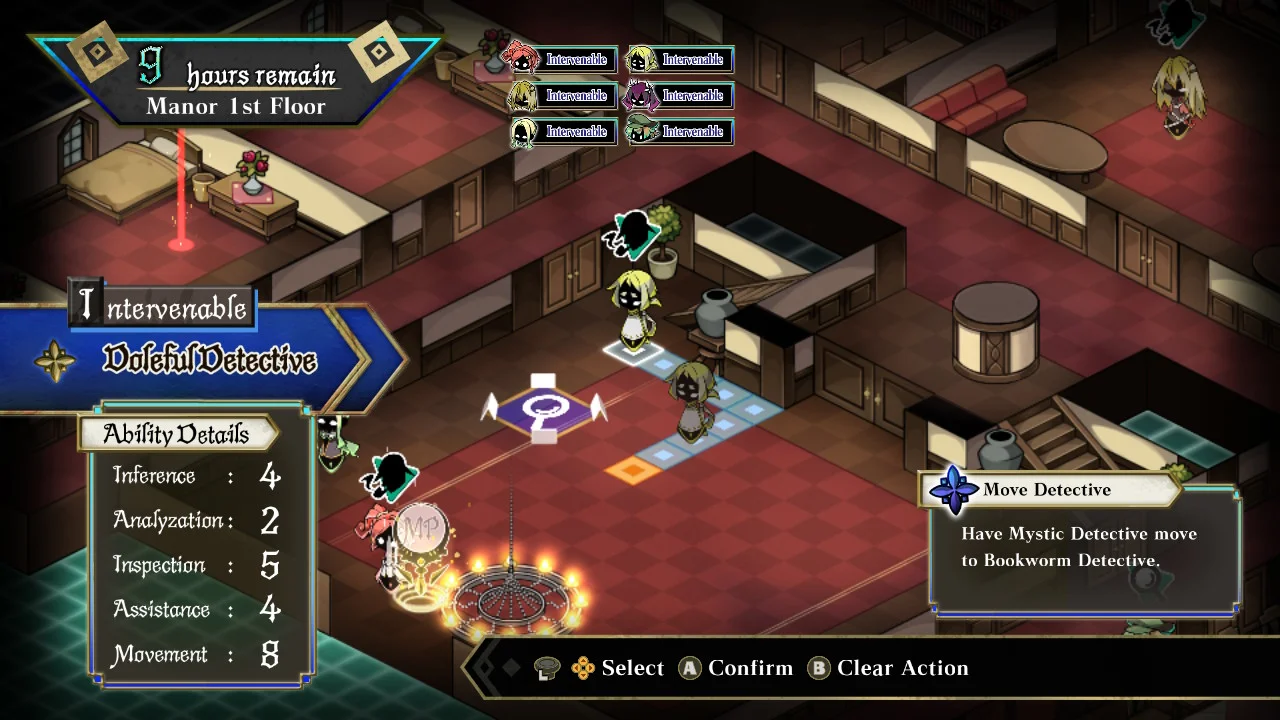
There are two other issues that I’ll float with Process of Elimination. I’m not a fan of the art design. At least, not as long as I’m continuing to compare this game with Danganronpa. I understand that the artists were aiming for something that looks in the ballpark of Detective Conan, and, given the genre, that’s an appropriate approach to take. In isolation the characters are serviceable, but in comparison, I do miss the vivid creativity of Monokuma and his victims.
Finally, there are some key pieces of information about character backgrounds and the like that get buried in the in-game information library. These are easy to miss while playing, and by missing them you do miss out on core characterisation. I’m not sure why these facts, backstories, and tidbits of information couldn’t have been simply conveyed at points through the narrative. Process of Elimination is relatively short. Building in this additional information wouldn’t have added too much to the runtime, and would not have risked compromising the overall narrative’s pacing.
Despite these minor issues, Process of Elimination is high quality, authentic, classical example of Japanese detective fiction. It’s not subversive or particularly boundary-breaking, but it’s also a very good student of the genre. So long as you can still kick back and enjoy a good Conan Doyle, Christie or Ranpo story, you’ll enjoy what this has to offer.

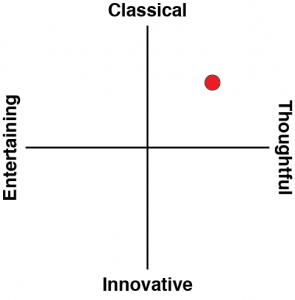
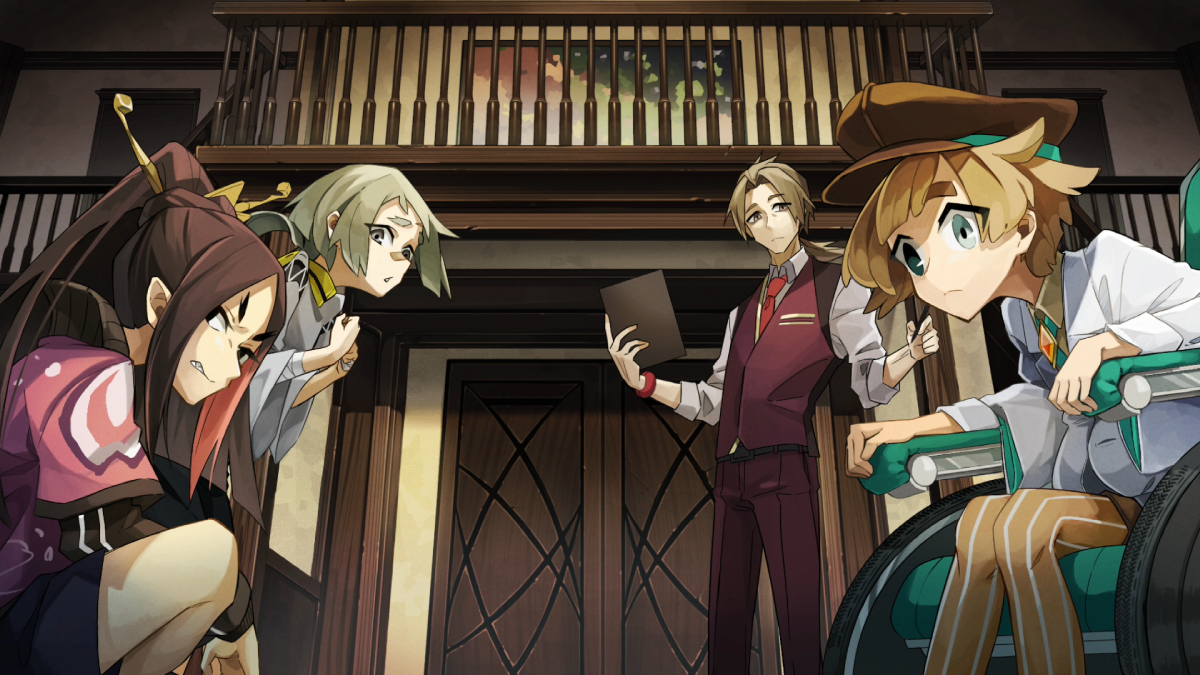




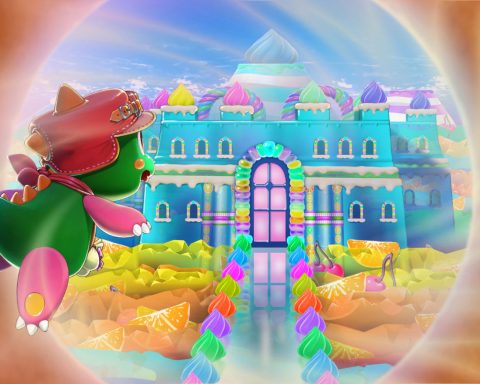





Looks interesting. I like these kinds of themes. However, I think I need to play Danganronpa before tackling this. I’m 2/3 of the way through The House in Fata Morgana and once I finish that I’ll jump into Danganronpa.
Oooh, you are playing a greatest hits in the genre right now :D. I agree that you’ll actually enjoy this one more if you have played Danganronpa. The two games work well together as a compare/contrast experience.